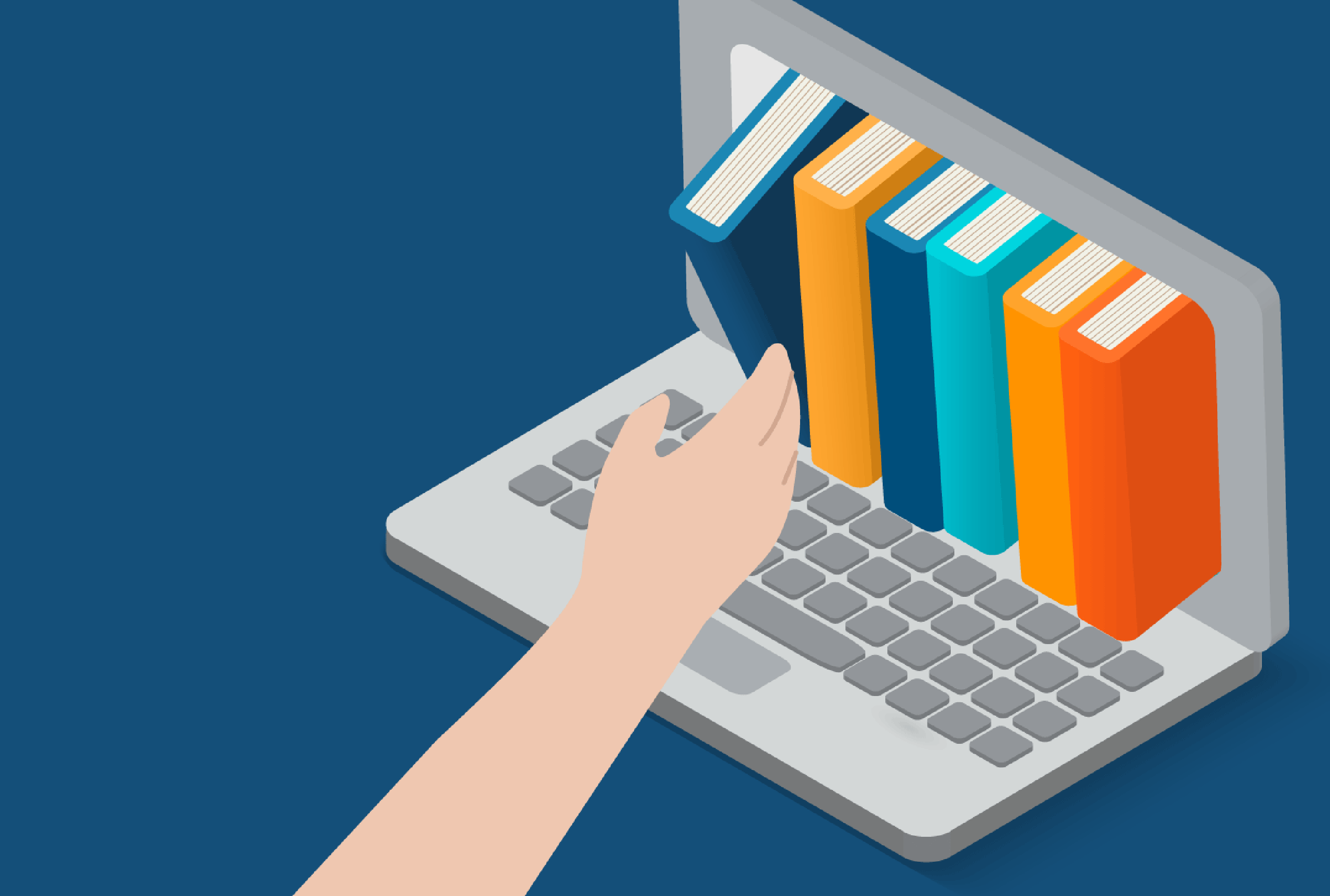
Getting started in eLearning
Entering the world of eLearning can be daunting, from a plethora of systems to the piles of learning content required. There really is a lot to understand and break down to achieve a comprehensive online learning solution. This article looks to break down the most basic elements of eLearning, from the system to the content and everything in between…
LMS
Every effective eLearning operation starts with the Learner Management System or LMS. A Learner Management System (LMS) is a software application or web-based system used to create, deliver, and track training and educational courses. It provides a platform for instructors or trainers to develop content and distribute it to their learners. The LMS can also provide automated grading and feedback on assignments as well as analytics on how users are performing in their courses. An LMS can be used in organisations to facilitate employee onboarding, compliance training, and professional development activities. The system is responsible for all the student, trainer and administrative inputs, display and recollection pertaining to the consumption of learning by the student. For example: If you are looking to add gamification to your eLearning, it needs to be added to the LMS as opposed to the eLearning content itself.

eLearning
This refers to the learning content consumed by the student through the LMS. It is created with an authoring tool using instructional design methodologies and traditional content mediums such as video, animation, design and graphics. Elearning is the delivery of learning and training content using digital resources such as computers, tablets, and mobile phones. Elearning covers a wide variety of formats, including video lectures, interactive quizzes and games, audio narration, virtual reality simulations, online group collaboration tasks, and more. Elearning allows learners to access content in their own time frame from any place with an internet connection. This makes it ideal for both self-guided learning activities or instructor-led courses like with blended learning.
eLearning Instructional Design
Instructional Design is the marriage between design and teaching/learning methodologies. Instructional Design (ID) is a learning theory based approach to designing effective, efficient and engaging instruction. It refers to the systematic process of creating instructional materials that can be used for all types of educational settings, from college classrooms to corporate training programs. Instructional design takes into account factors such as learners’ goals and interests, technology availability, and physical environment when developing a learning experience. It also focuses on making sure content is properly sequenced, organised, and implemented in an appropriate manner. There are many instructional design methods, each with its own unique advantages and disadvantages. Depending on the various parameters of an eLearning production project, there is an instructional design model best-suited for optimal production.
SCORM
Shareable Content Object Reference Model or SCORM is a technical format that allows the eLearning content to communicate with the LMS. It integrates various components such as course data, video, audio, and other media into a single package, which can then be published across different websites or Learner Management Systems. SCORM defines how the content should be structured and sequenced for proper functioning within an elearning platform. It also establishes rules for communication between the content and the hosting software application. SCORM is the most used eLearning format and as such works perfectly with most Learner Management Systems.
eLearning Authoring Tool
Now in order to build SCORM-compliant eLearning, you need to use an eLearning Authoring Tool. An authoring tool is a software application used to create multimedia and interactive elearning content. It resembles video editing software, with timelines, layers and added interactivity. It provides features such as text, audio, video, animation, graphics and other media elements, allowing users to quickly create professional and engaging elearning courses without the need for coding knowledge. An authoring tool typically includes tools for creating scenarios and simulations, assessment management, branching scenarios, adding quizzes and surveys, tracking progress of learners and more. It must be noted that for an authoring tool to allow student tracking it must be incorporated into a comprehensive Learner Management System. Some of our favourites include Adobe Captivate and Articulate Storyline.

Gamification
Gamification is the application of game-design elements and principles into non-gaming-related content or contexts to motivate users. It involves using game mechanics such as points, levels, leaderboards and rewards in applications to encourage users to interact with the system and drive desired behaviors. For example Every time a student completes a training course they receive a collectable emblem which displays on their dashboard for others to see.
Micro-learning
Micro-learning is a method of delivering smaller, bite-sized pieces of content that are quickly consumed and easily retained. It involves short, focused lessons, such as videos, podcasts or infographics, that can be accessed at any time, from anywhere. A highly innovative method for delivering Micro-learning involves creating augmented reality experiences around each lesson. This method allows the company to provide Micro-learning lessons straight from an employees phone. Micro-learning has been shown to be an effective method for quickly delivering information and improving knowledge retention.
M-learning
Mobile learning is a form of e-learning that takes place on mobile devices such as smartphones and tablets. It involves the delivery of educational content via web or app-based platforms. Mobile learning can enable learners to access course material anywhere, anytime, allowing for more flexible, engaging and convenient learning experiences. It does however come with this its own constraints, including formatting, compression, navigation and courses structuring to name a few.
Blooms Taxonomy
Bloom’s Taxonomy is an educational framework that categorises objectives for learning into three domains: cognitive, affective and psychomotor. It was developed by Benjamin Bloom in the 1950s to provide structure for students to meet high-level learning goals. The cognitive domain includes knowledge and comprehension, while the affective domain includes attitudes and values. The psychomotor domain includes skills such as manual dexterity, coordination and use of physical movements.

Merrill’s Principles of Instruction
Merrill’s Principles of Instruction is a set of five instructional design principles developed by Dr. Richard E. Merrill in the 1980s. The principles focus on the importance of creating effective learning experiences that are engaging, meaningful, and transferable across contexts. The core principles include sequencing, feedback, coordination of multiple resources and media, motivated exploration, and instruction based on cognitive theory and research.
AICC eLearning integration
AICC integration for elearning is a way to create and manage digital learning experiences that are compatible with the AICC standard. It enables instructors and trainers to easily upload, store, and distribute content across multiple online platforms and ensures compatibility between the different systems used by participants. With AICC integration, learners can easily access course material from any device without having to worry about compatibility issues.
Conclusion
After reading this article you should have a little more direction when it comes to essential eLearning decisions. Particularly when it comes to eLearning terms and phrases which form the basis of an effective online learning experience.
Interested in eLearning? Get in touch with our team today!
We are a full-service Web development and Content Production Agency in Gauteng specialising in Video Production, Animation, eLearning Content Development, and Learning Management Systems. Contact us for a quote. | Info@soundidea.co.za | Our Portfolio | +27 82 491 5824 |




